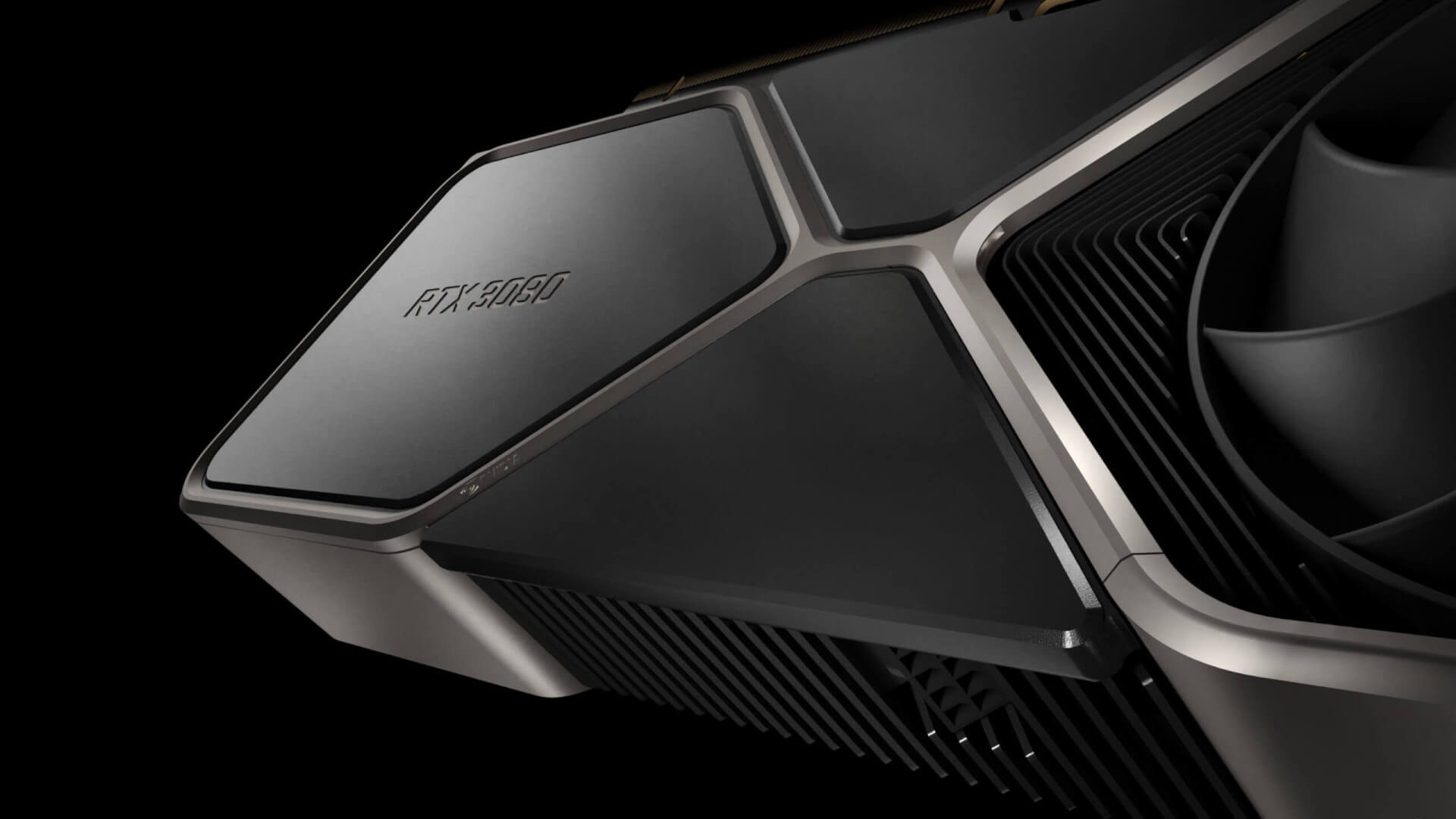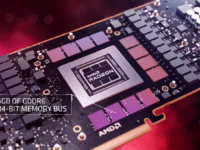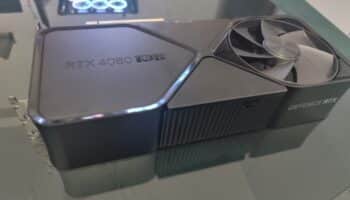According to a report from MLID, NVIDIA is reducing shipments of its GeForce RTX 30 series (Ampere) graphics cards to keep prices in check. In fact, the chipmaker is reportedly planning to completely halt production of the Ampere SKUs till (if not during as well) the holiday season. The reason behind this move is two-fold.
NVIDIA doesn’t want a repeat of the 2019 GPU market crash (or “hangover” as it was called) which caused GPU prices to plummet across the board as 2nd hand parts flooded the market. The re-released of the CMP lineup is another such measure to ensure that parts discarded by miners don’t pop up in the 2nd hand retail market. By making sure that supply is tight, NVIDIA is ensuring that prices won’t fall below the MSRP, thereby preventing any unforeseen “hangovers”.
NVIDIA is already confident that it’ll meet its Q4 revenue goal even though we’re just 15 days into the quarter. As such, it doesn’t have any reservations against pausing Ampere GPU production to secure future market share and pricing. (papillahaircare.com) The plan is to keep production low till a “Super” refresh of Ampere is launched in early 2022. These updated (and more powerful) SKUs will likely be priced the same as their non-Super predecessors, thereby pleasing the general public.
Finally, by the end of 2022 or in early 2023, we should see the RTX 40 series graphics cards based on the Ada Lovelace architecture, and fabbed on TSMC’s 5nm EUV process. These parts (due to their large dies and expensive process node) should be as expensive as Turing, if not more. It would seem those core counts of up to 18,000 and a TDP of nearly 500W will come at a steep cost.
AMD is going to follow a similar strategy with its RDNA 3 lineup. The higher-end Navi 31 MCM SKUs ought to be a monster but will cost more or less the same as the RTX 3090/Titan RTX. This doesn’t necessarily mean that NVIDIA will be left behind in the higher-end GPU segment. Team Green may manage to one-up AMD despite continuing to rely on a monolithic design with Ada. However, the performance deltas should be negligible, the same as this cycle, with ray-tracing being strong on AMD’s end as well.
Source: Moore’s Law is Dead






